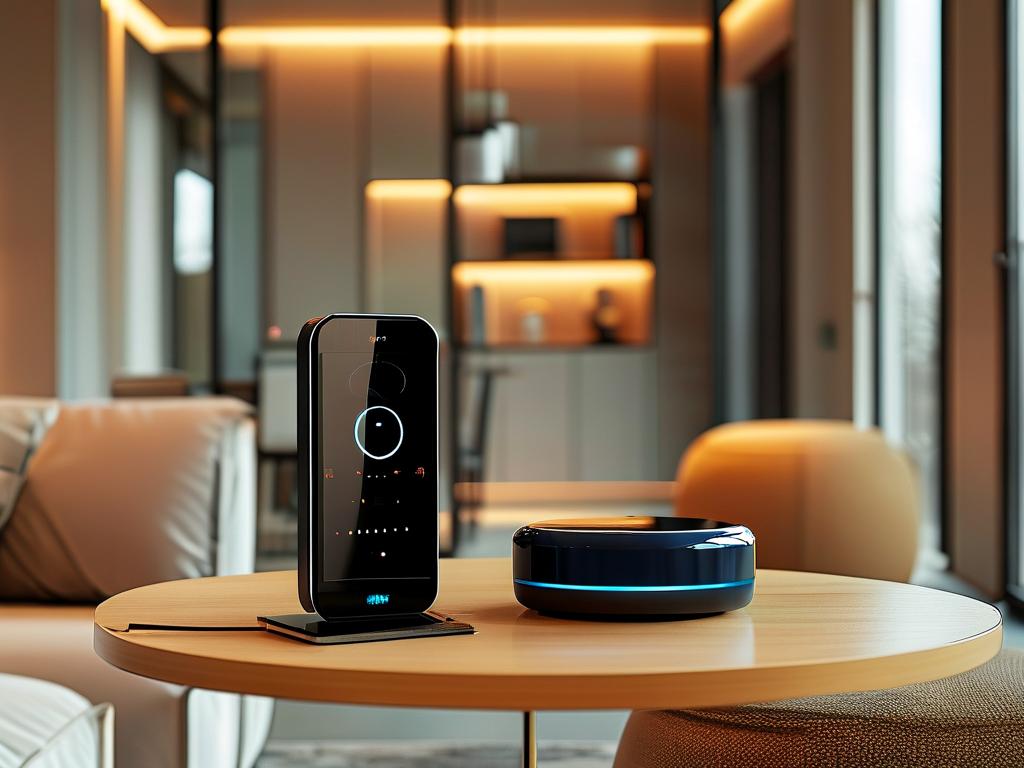Embedded development remains a cornerstone of technological innovation, enabling smarter devices across industries. This article explores practical approaches and advanced techniques for implementing embedded solutions while addressing common challenges faced by developers.

The foundation of successful embedded development lies in understanding hardware-software co-design. Unlike traditional software engineering, embedded systems demand meticulous resource management. Developers must optimize code for limited memory footprints while ensuring real-time performance. For instance, consider this C snippet for memory-efficient data handling:
#define BUFFER_SIZE 64
static uint8_t circular_buffer[BUFFER_SIZE];
volatile uint8_t head = 0, tail = 0;
void push_data(uint8_t byte) {
circular_buffer[head++] = byte;
head %= BUFFER_SIZE;
}
This implementation minimizes RAM usage through fixed-size buffering and modular arithmetic – critical for microcontrollers with ≤32KB memory.
Real-time operating systems (RTOS) have become indispensable for complex projects. FreeRTOS and Zephyr OS offer preemptive scheduling and hardware abstraction layers. A task priority configuration example demonstrates this:
xTaskCreate(sensor_read_task, "Sensor", 256, NULL, 3, NULL); xTaskCreate(network_send_task, "Network", 512, NULL, 2, NULL);
Here, the sensor task receives higher priority (3) than network operations (2), ensuring timely data acquisition.
Power optimization separates proficient embedded engineers from novices. Techniques like clock gating and sleep modes extend battery life significantly. The following ARM Cortex-M code activates low-power mode:
SCB->SCR |= SCB_SCR_SLEEPDEEP_Msk; __WFI();
Developers must balance power savings with wake-up latency requirements – a critical consideration for IoT edge devices.
Debugging embedded systems requires specialized tools. JTAG debuggers and logic analyzers help trace hardware-software interaction anomalies. For example, analyzing SPI communication timing often reveals subtle bugs:
CLK _|-|_|-|_|-|_ MOSI 0xA5 0x3C
Such waveform captures enable precise diagnosis of protocol violations.
Security implementation has gained urgency with connected devices. Hardware-based solutions like TrustZone in ARM processors provide isolated execution environments. This C code snippet initializes secure storage:
TZ_SAU_Enable(); SAU->RNR = 0; SAU->RBAR = 0x28000000; SAU->RLAR = 0x28FFFFFF | SAU_RLAR_ENABLE_Msk;
Developers must continuously update threat models as attack vectors evolve in industrial IoT deployments.
The convergence of AI and embedded systems opens new frontiers. TensorFlow Lite for Microcontrollers demonstrates machine learning integration:
tflite::MicroErrorReporter error_reporter; const tflite::Model* model = tflite::GetModel(g_model); tflite::MicroInterpreter interpreter(model, resolver, tensor_arena, 2048);
This enables anomaly detection on resource-constrained devices without cloud dependency.
Successful embedded projects demand cross-disciplinary collaboration. Electrical engineers, firmware developers, and mechanical designers must align on constraints like thermal limits and EMI compliance. Prototyping with development kits like STM32 Nucleo accelerates validation cycles before custom PCB fabrication.
Continuous integration (CI) pipelines adapted for embedded systems improve code quality. Automated unit testing frameworks such as Ceedling validate functionality:
ceedling test:all
This catches regression errors early when refactoring critical drivers.
Looking ahead, RISC-V architecture and open-source toolchains are reshaping the embedded landscape. Projects like PlatformIO simplify multi-platform development through unified package management.
Embedded developers must master both timeless principles (memory management, interrupt handling) and emerging paradigms (OTA updates, energy harvesting). By combining rigorous engineering practices with creative problem-solving, professionals can deliver robust systems that power tomorrow’s smart infrastructure.









